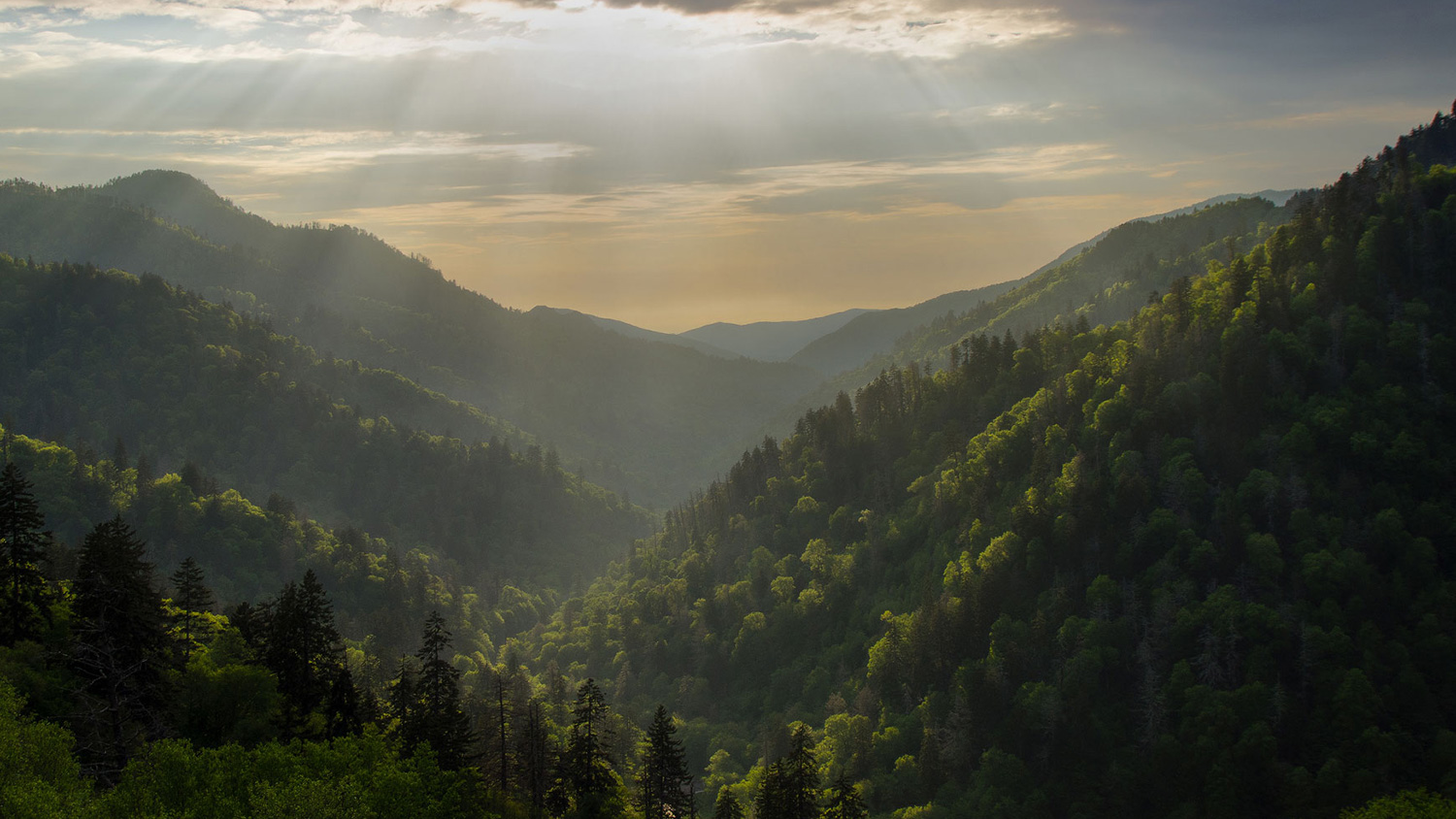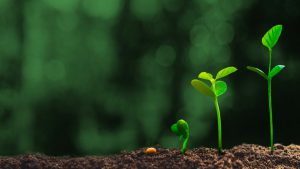We know our existing and potential customers want to know what we’re doing to help the environment and increase our sustainability. And as part of our mandate to provide eco-friendly web hosting, in October we planted nearly 3,000 trees and helped to fund two Gold Standard projects.
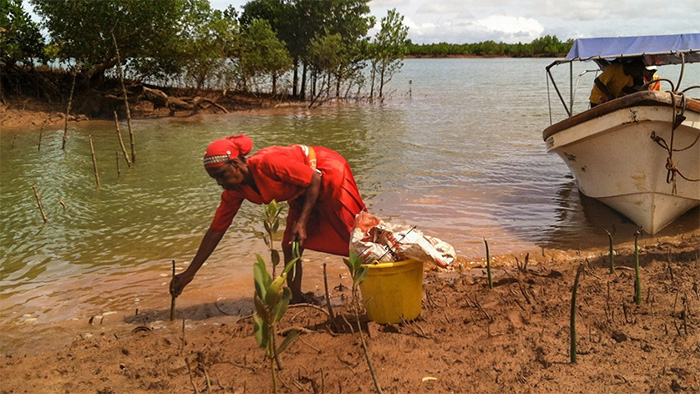
Over 1500 Rhizophora mucronata planted in Madagascar
For our hosting packages and servers, we purchase trees through Tree-Nation. This month, we purchased 1,576 Rhizophora mucronata for the Eden Reforestation Project in Madagascar. Better known as red mangroves, these are smaller mangroves that grow brilliantly in estuaries and coastal areas. And with these mangroves, we’re helping to protect fish nurseries from predators as well as stopping the erosion of the coastline. Every mangrove helps make the Madagascan coastline more resilient to erosion, so we’re always happy to plant mangroves!
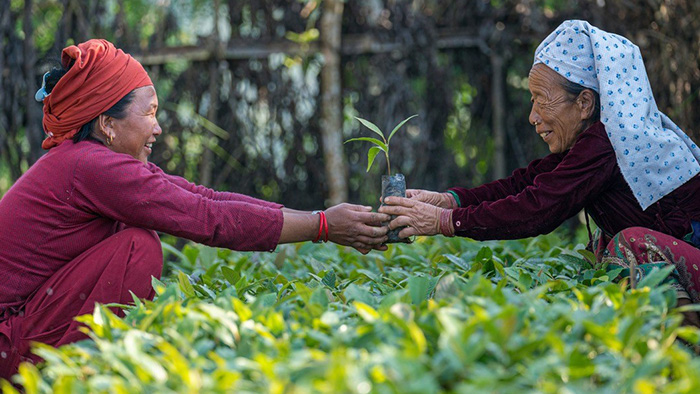
500 Phyllanthus emblica and 500 Cinnamomum tamala planted in Nepal
We were delighted to see that Tree-Nation added the Eden Reforestation Project’s Nepal project, giving us another place to mark on the map for planting trees. And we started by purchasing 500 Phyllanthus emblica. Also known as the Indian gooseberry, Phyllanthus emblica produces fruit that can be raw or cooked in a variety of dishes, and all parts of the plant are used in traditional medicine. Plus each tree offsets 9kg of CO2 every year!
We also planted 500 Cinnamomum tamala, or Indian bay leaf tree. A relative of both true cinnamon (cinnamomum verum) and cassia (cinnamomum cassia) trees, the Indian bay leaf tree is used in cooking, medicine, woodworking, and producing essential oils.
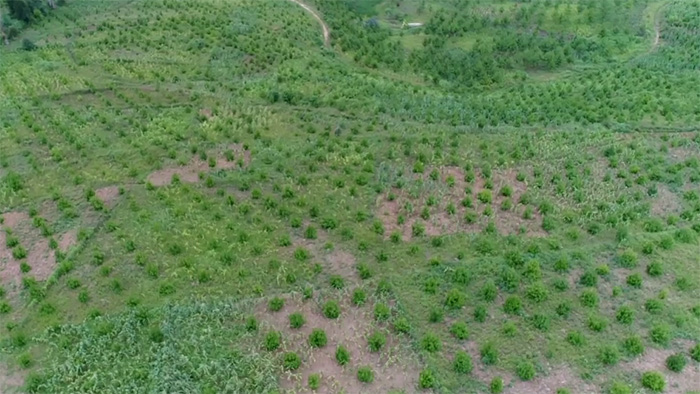
300 Croton megalocarpus planted in Tanzania
We still love the Croton megalocarpus trees in the Usambara Biodiversity Conservation project, and we planted another 300 in Tanzania. These fast-growing and drought-resistant trees produce nuts that can be used as biofuel as well as seed cakes for animal feed, and their leaves have a high nitrogen content, making it great for mulch. A single croton tree also offsets 19kg of CO2 each year,
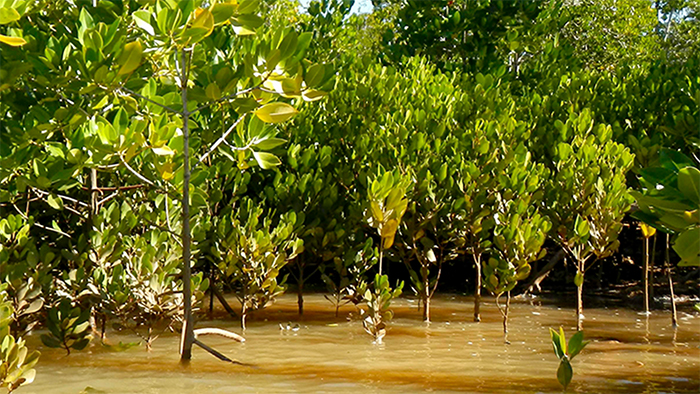
46 Bruguiera gymnorrhiza and 27 Avicennia marina planted in Madagascar
As Ecologi members, we plant trees to offset our employees’ carbon footprint. As part of this month, they planted 45 Bruguiera gymnorrhiza and 27 Avicennia marina in their Marotaola plantation in Madagascar.
Bruguiera gymnorrhiza are known as black mangroves and are large mangroves that provide a protective canopy for the other mangroves in the region. Their root system also digs into the soil, preventing it from being washed away during tidal surges. Avicennia marina are also known as grey mangroves and are especially effective in areas with daily tides.
We also received one black mangrove from Tree-Nation to offset our carbon emissions for our website!
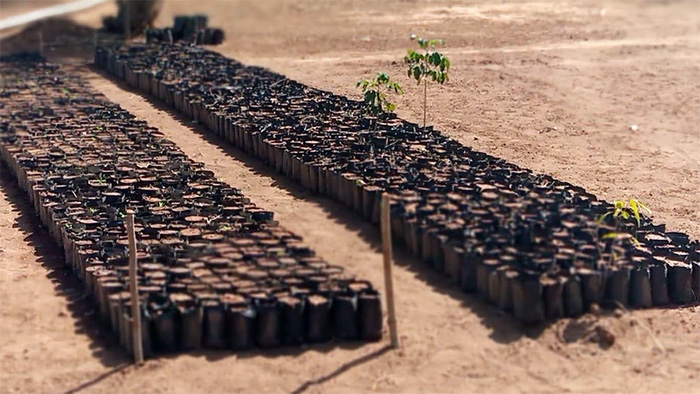
39 trees planted in Mozambique
As Ecologi has grown over the past year, they’ve now started planting even more trees in even more places, and we were delighted to see that they planted a range of trees in the new project in Changalane, Mozambique. The area is in need of reforestation due to intensive tree cutting for firewood and charcoal, and as part of our employee offset, Ecologi is planting 15 Acacia nilotica, nine Strychos spinosa, nine Adansonia digitata, and six Trichilia emetica.
Acacia nilotica is also known as the Vachellia nilotica, thorny acacia, babul, or gum arabic tree. Gum arabic is the hardened sap of this tree and it used in everything from paints and cosmetics to soft candy and cocktail syrup. Strychos spinosa is the spiny orange or napal-orange tree and produces fruit that is popular with baboons, nyala, and eland, and leaves are also popular with kudu, impala, and elephants. Adansonia digitata is better known as the African baobab tree, producing delicious fruit, providing shade, and slowly growing massive, with the largest in the world having a circumference of over 32 metres! And Trichilia emetica is a lovely flowering evergreen commonly known as the Natal mahogany.
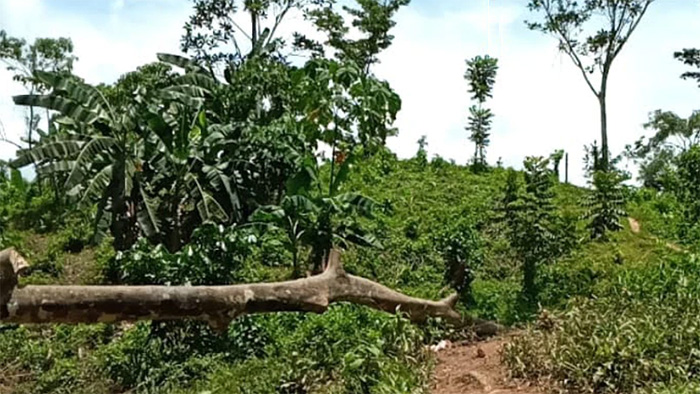
9 Acacia trees planted in Nicaragua
Ecologi also branched out into South America, helping the Bosawas Biosphere Reserve reforest over 1,300 acres of land. This month, we’ve added nine acacias, but we’re hoping to add even more over the coming months.
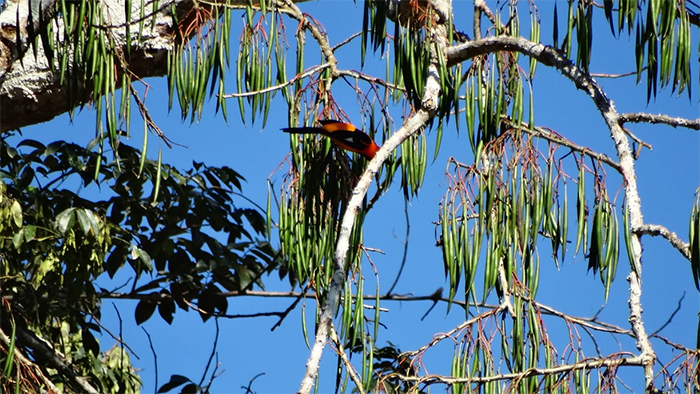
Protecting and preserving rainforest in Brazil
Another part of our employee offset is helping to fund environmental projects around the world. Ecologi is working with this Agrocortex project in Almeirim, Pará, Brazil, ensures sustainable timber harvesting in this region, replanting native species and protecting rare tree species, especially Mahogany trees. With over 150 tree species in the region, this project will help protect the rainforest from clear-cutting and help not only save trees but all the wildlife that need the trees to survive.
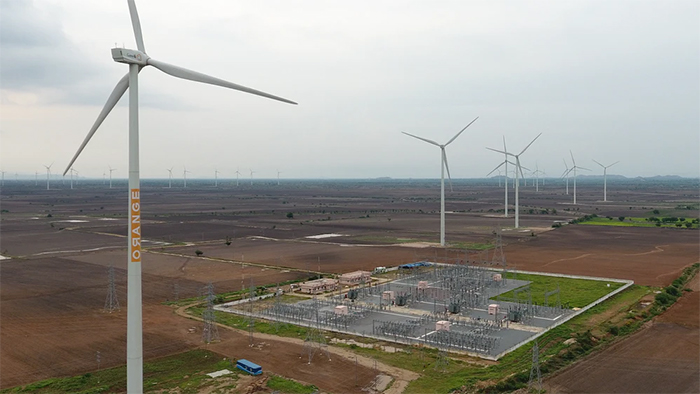
Funding wind turbines in India
Ecologi is also helping to fund the M/s Orange Anantapur Wind Power plant in Andhra Pradesh, India. Rural Indian largely relies on coal power plants, which emit CO2 and contaminate local water sources. With this project, 50 wind turbines will be installed, producing 100,000 kilowatts of power for the region, as well as well paid jobs, cleaner water, and cheaper energy prices.
Our impact
Through these projects over the past month, we’ve reduced our carbon footprint by an additional 350 tonnes, making it over 1290 tonnes from the beginning of the year — the equivalent of nearly 4 square kilometres of sea ice saved or over 1,600 tonnes of rubbish being recycled instead of taken to the landfill!
We’ll keep you up to date with how we’re doing each month through our blog and we hope you’re excited about the number of trees we’ve planted and our carbon offsets.
